
Michael Conrad was the president and chief creative officer of Leo Burnett Worldwide.
But in 1952, when he was a little boy, he was a refugee escaping communists by night.
Germany had been split in two after the war, and he had been born in the east.
His family were desperate to get to the west and freedom.
They travelled at night dodging patrols, with Michael hiding under a blanket, popping his head out and asking if they’d arrived.
The answer was always no, not yet, be quiet.
He was terrified they’d be caught until eventually he looked out from under the blanket and saw a soldier drinking from a bottle.
He recognised the bottle, it was shaped like no other bottle on Earth – it meant they were in the American sector.
It was a Coca-Cola bottle, and he knew they were free.
The unique shape of the Coca-Cola bottle has become a symbol for America.
So much so that in 1943, General Eisenhower sent a letter to the Coca-Cola HQ in Atlanta.
Eisenhower wanted ten portable factories, and six million filled bottles of Coca-Cola a month, to remind every American soldier what he was fighting for.
By the end of the war, 64 bottling plants had provided five billion bottles of Coca-Cola.
It wasn’t just a drink – it represented America for artists like Andy Warhol, Salvador Dali and Robert Rauschenberg.
So how did that happen, considering the design of the bottle went against all economic and marketing logic?
It began in 1886 with the invention of the drink, which by 1900 had become so popular it already needed 1,200 bottling plants.
But popularity creates imitators – there were Koka Nola, Toka Cola, Ma Coca-Co, Koke and many others.
Coca-Cola tried a distinctive label style, but the others copied this too.
In the hot southern states, well before fridges, bottled soft drinks were kept in barrels of ice – the storekeeper would reach in, feel around and fish one out.
The water made the labels peel off, so there was no guarantee whose drink it was.
So in 1915, the Coca-Cola Company held a pitch among ten glass-design companies.
The brief was for a bottle that was so distinctive you could tell it from all others, even with your eyes shut, even at the bottom of a barrel of ice, just by feel.
The winning design was from Root Glass Co, of Terra Haute, Indiana.
Their inspiration came from the cocoa bean, which was elongated with ribs down it.
The bottle cost more per item than the regular bottles everyone else was using.
In simple economic terms it didn’t make sense, people wanted the drink not the bottle.
But Coca-Cola insisted the volume of sales would more than make up for the increased unit cost.
In other words, they wanted to be different and they wanted people to know they were different.
And it worked – by 1949, 99% of Americans could recognise Coca-Cola by the shape of the bottle alone.
In 1961, it was considered so iconic they were allowed to trademark the bottle just by its shape.
Today, Coca-Cola is the best-selling soft drink in the world with a market value of $74bn.
All because they didn’t do the same as everyone else.
Insecure people copy everyone in their market just to be safe.
But if there’s nothing to make you different, you become a commodity not a brand.
So you get picked on price or special offer, and the brand becomes irrelevant.
Which is why insecure people don’t usually end up as number one.
Dave Trott is the author of Crossover Creativity, The Power of Ignorance, Creative Blindness and How to Cure It, Creative Mischief, Predatory Thinking and One Plus One Equals Three
(This article first appeared on CampaignLive.co.uk)


.jpg&h=334&w=500&q=100&v=20250320&c=1)
.jpg&h=334&w=500&q=100&v=20250320&c=1)

.jpg&h=334&w=500&q=100&v=20250320&c=1)


.jpg&h=334&w=500&q=100&v=20250320&c=1)


.jpg&h=334&w=500&q=100&v=20250320&c=1)

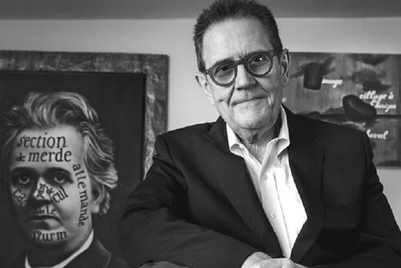
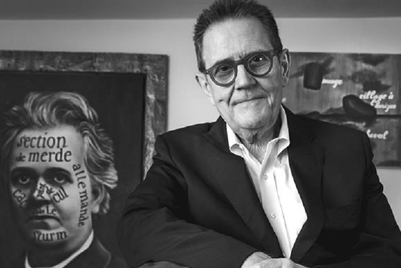
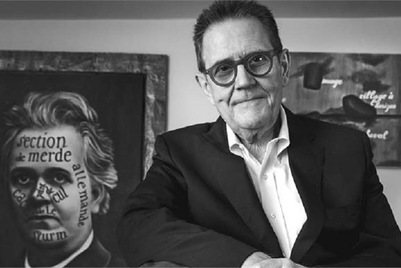
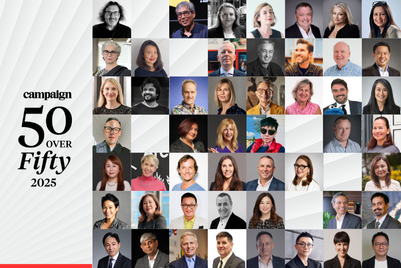
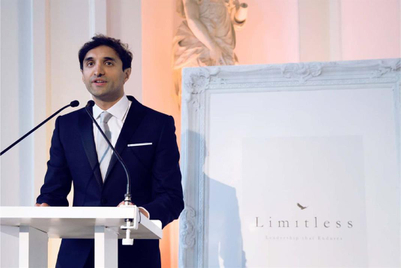
.jpg&h=268&w=401&q=100&v=20250320&c=1)
.jpg&h=268&w=401&q=100&v=20250320&c=1)
